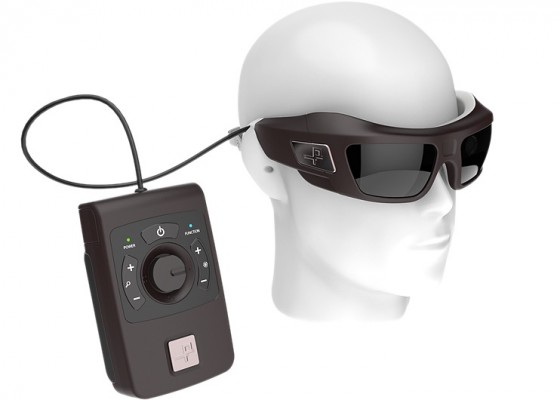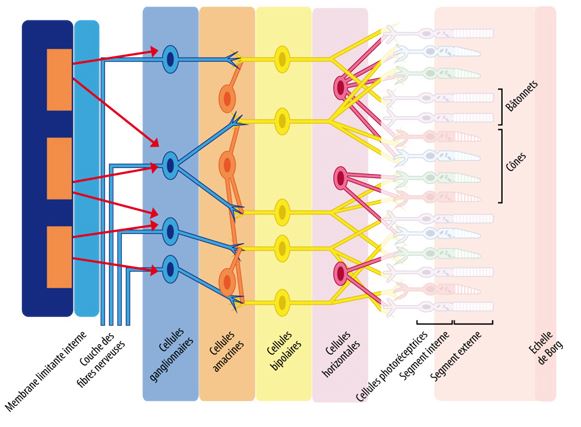Pixium Vision will be testing its new IRIS II bionic vision system in a clinical trial. The device can mimic eye function in people affected by Retinitis pigmentosa and Macular degeneration.
 Based in Paris (France), Pixium Vision is developing an alternative for people who have lost their sight – a bionic vision restoration system (VRS).
Based in Paris (France), Pixium Vision is developing an alternative for people who have lost their sight – a bionic vision restoration system (VRS).
One of our favourite cyborg-like inventions, Pixium’s technology involves an intra-ocular implant that is surgically attached to the surface of the retina.
This implant receives information from a mini-camera placed in a pair of spectacles. The information is projected onto the retinal implant to stimulate the optic nerve – delivering a perception of light and shape.

Now, Pixium is rolling out its improved IRIS II bionic vision system. It has authorisation from the UK regulatory agency (MHRA) to start a new trial, enrolling up to 10 patients suffering from retinitis pigmentosa – a group of diseases where the eye photoreceptors die off.
One of the centres where research will be conducted is the Moorfields Eye Hospital in London, the oldest and largest centre for ophthalmology in Europe.
IRIS II includes several innovative new features. The new bio-inspired camera will continuously captures the changes in a visual scene. It also has an explantable design, where the electrodes are secured with a special support system.

These features not only allow for a better mimicry of the eye’s function, but also minimise the risk of retinal damage and can be upgraded to newer therapy options – something difficult with an implant.
Pixium has already conducted trials for IRIS, its earlier system, and is now looking forward to get a CE mark for the device. Should it go as planned, IRIS will be on the market in the second half of 2016.
The bionic eye strategy of Pixium is definitely on its way to become reality, with a product near commercialization and a new version already in trials.
An animation of the IRIS implant procedure…
Feature Image Credit: Pixium Vision





